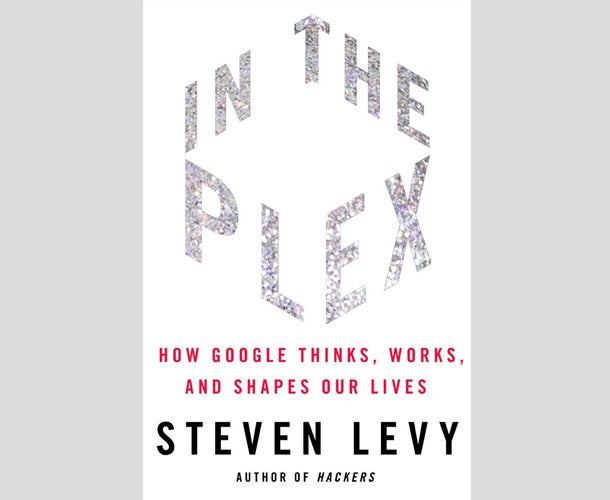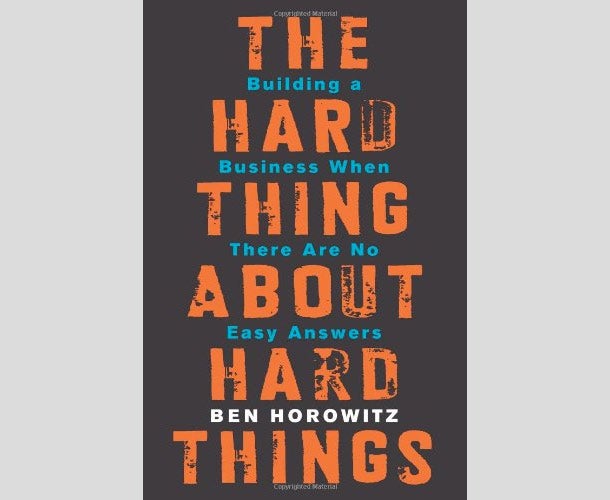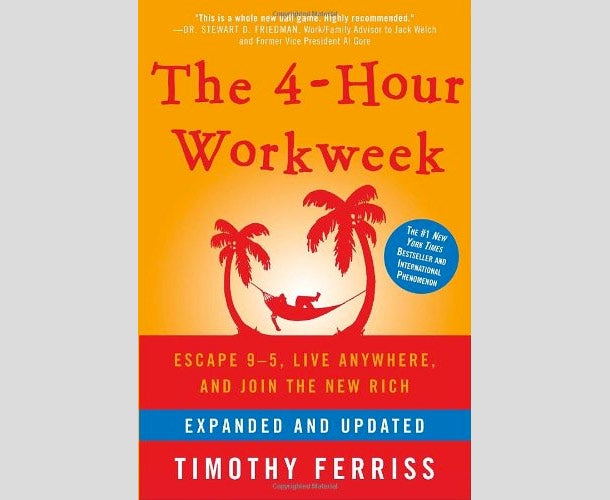Since You Can't Manipulate Time, Try These 13 Time-Saving Tips

As an entrepreneur you
have no limits or restrictions. There is nothing that you can’t achieve. Well,
except for freezing time.
Time is the most valuable commodity to an entrepreneur. Most of us
would do anything to have another hour in the day. But until someone creates an
app to manipulate time, we are forced to manage our time extremely efficiently.
Here are 13 tips to help make your days more productive.
1. Schedule “You” time. Set aside a block of
time to get your personal stuff out of the way. Things such as paying bills and
attending to personal emails can take away from your work.
2. Disconnect when you need 100 percent focus. Preparing for an
important meeting or a pitch? Turn off your mobile phone, close your
email and route your office calls to voicemail. You will be more
productive without the distractions.
3. Maintain a “to-do” list. Keep an accurate list
and cross tasks off as you complete them. Create your list at the end of each
day for the next day -- this allows you to attack the tasks as soon as your
start your day.
4. Don’t be scared of technology. Embrace technology.
I’ve seen people at their desk waiting on hold, holding the phone to their ear.
Throw a Bluetooth headset into the situation and you can answer emails or
attack your to-do list while you wait.
5. Say no. You may hate to
disappoint people, but for your own productivity, learn how to say
"no" to people. It isn’t always the greatest feeling, but it is
impossible to appease everyone. If you said "yes" to everyone and
every request you would have no time to do what you need to accomplish.
6. Be ultra responsive. We all have iPhones
and smartphones, so use them. If you are out of the office and receive an email
that you can easily address on the spot, do so! The other day I received
this email:
"I’ll email you when I get back to the office.
Sent from my iPhone"
Sent from my iPhone"
The response didn’t require this person to be in the office. It
was a simple "yes" or "no" response that would have
taken less time to type out than the response they sent. If you can reply
while out of the office it eliminates wasted time when you get back.
7. Eliminate negative energy. Nothing can drain your
energy or ruin your day faster than individuals with negative energy. Dating
someone who is negative about everything? Have a friend that dumps his or her
sob story on you daily? Cut ties. Don’t let negative individuals take time
out of your day.
8. Don’t put off the non-glamorous tasks. When your “to-do” list
has some unattractive tasks, they will consume your thoughts until they are
completed. Knock them out first so you can have a clear head to plow through
the rest of your tasks.
9. Address problems or issues immediately. In that same vein, waiting to fix a problem can be the
difference between a 15-minute quick solution and a complete mess that takes
you days to clean up.
10. Get physical. Get 30-minutes of
physical activity in every morning before you start your day. You will have
more energy throughout the day and you won't feel sluggish. Feeling tired or
lazy sucks up valuable time. When I hit the gym each morning it gives me the
energy to focus on my brand the
entire day.
11. Delegate. If you have a team or
staff at your disposal, utilize them. Many entrepreneurs are so stubborn and
think they can do it all. Delegating appropriate tasks will free up your time.
12. Write everything down. Use the
"notes" app on your smartphone or use a traditional notepad and
pen -- and make sure it is always next to you. Have you ever sat down and tried
to remember something from earlier as the clock ticks away? Precious time
wasted!
13. Keep a schedule. If you have tasks that
require your attention each week, stick to a schedule. Things such as
accounting, payroll and reporting can typically be done at the same time
each week. Rather than scrambling to find time to get it done, establish a
designated time and stick to it.







